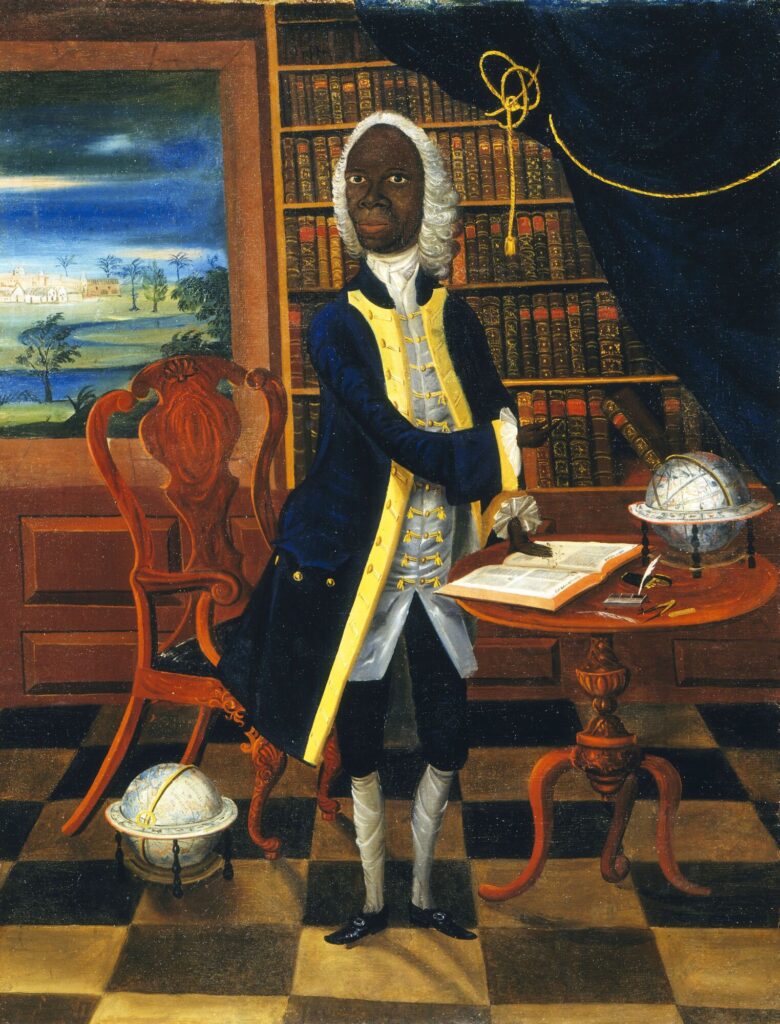
What an extraordinary piece of research, and an equally amazing finding.
For at least a century, an 18th century portrait in the V&A of a free, Black Jamaican man named Francis Williams was considered to be a racist caricature of Williams cosplaying as a gentleman. But after a team of experts and conservators imaged and studied the painting anew, Fara Dabhoiwala discovered Williams was demonstrating not only his rare mastery of then-new Newtonian astrophysics. He was documenting his observations and calculations of the first documented return in 1758 of Halley’s Comet, at a moment when he was one of the only people alive who’d known Newton and Halley at the time they’d first published their theories.
If this feels like a spoiler, you can still read Dabhoiwala’s account in the LRB to see how he pieced Williams’ history and the painting’s history together from the most hostile sources and the barest archival traces.
A Man of Parts and Learning: Francis Williams Gets His Due [lrb.co.uk via @caleb.crain.bsky.social]
